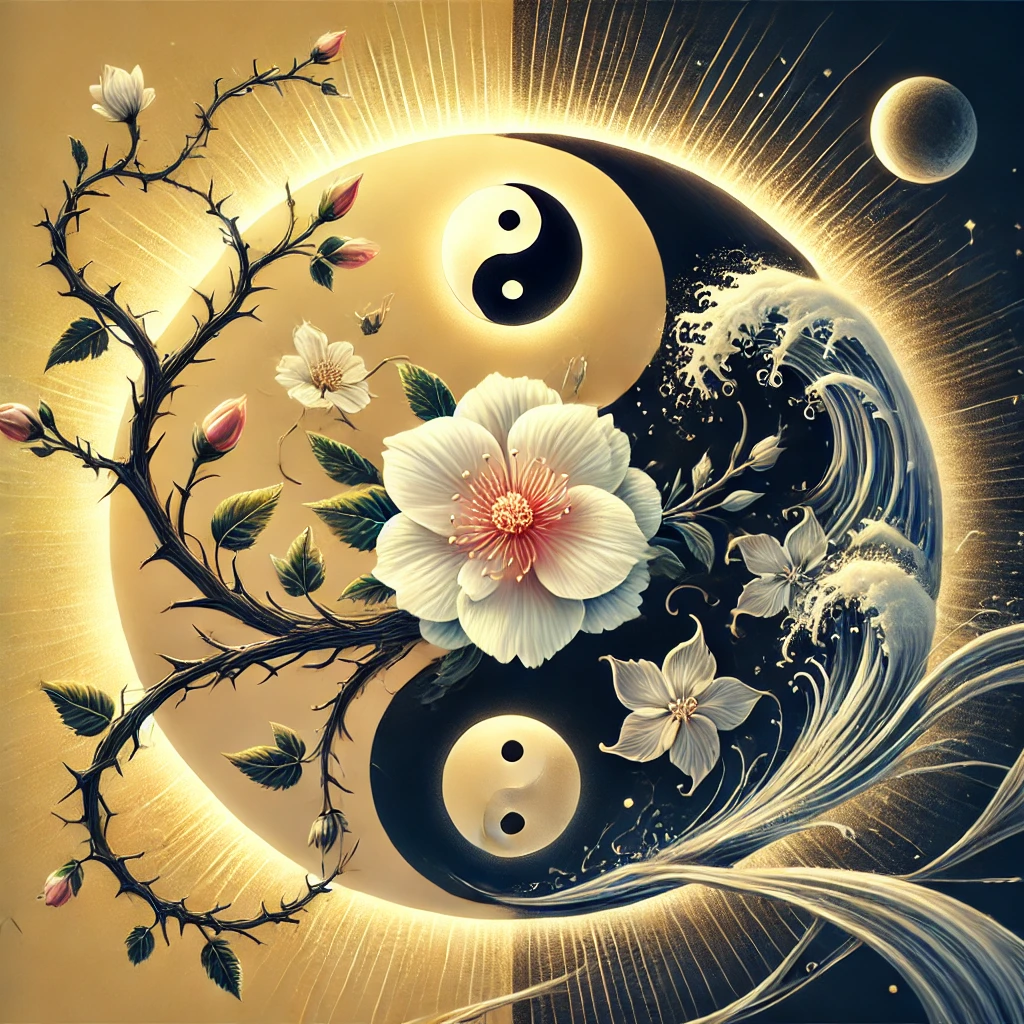
Does the sun’s brilliance truly eclipse the moon’s shadows? Does a flower’s bloom negate the thorns’ prick? These are the whispers of the eternal yin and yang, the dance of light and dark that defines nature and ourselves. So, as we hurtle headlong through progress, I pose a question that has echoed through countless stories and philosophies: does good truly outweigh bad in the world?
Now, before you reach for the nearest “yes” or “no” placard, let’s pause. The world, in its glorious messiness, isn’t a binary equation. It’s a swirling symphony of shades, where good and bad intertwine like vines of hope and despair. Every technological leap and every societal shift carries within it the seeds of progress and peril. Look at the internet, that sprawling bazaar of knowledge and misinformation, a tool as potent for connection as isolation. Or consider the atom, tamed for light and life, yet forever scarred by the shadows of Hiroshima.
Yes, movies often paint heroes triumphing over villains, their victories leaving an audience bathed in warm, artificial sunshine. But life, dear reader, is rarely so clear-cut. To some degree, we are all a mosaic of light and shadow, capable of both compassion and cruelty. To insist that only one side tips the scales ignores the delicate choreography of good and evil, the constant push and pull that shapes our reality.
But then, that concept of balance emerges. Not a static equilibrium but a dynamic dance, a constant striving for harmony. The yin and yang symbol reminds us that the potential for light lies within the darkness and within the light, the lurking shadow. Our task is not to determine which side outweighs the other but to cultivate within ourselves the awareness and empathy to navigate this balance gracefully.
Now, onto the thorny question of progress. Should we genuinely fear the potential negatives, the unforeseen consequences of our innovation? Progress cannot be guaranteed a smooth voyage like a ship leaving its harbor. Every step forward carries the risk of unintended currents in hidden reefs. Ye, and to anchor ourselves in fear, to paralyze ourselves with the “what ifs,” is to deny the very essence of the human spirit. We are explorers, storytellers, dreamers. We yearn to leave footprints on the unknown, to push the boundaries of what is possible.
This brings us to that intriguing final question: open-source serenity. Could transparency and community be shields against the shadows of progress? The answer, again, is more than a simple yes or no. Open source allows for scrutiny, collaboration, and collective vigilance against potential pitfalls. A beacon of sunlight bathes the code in its revealing glow. But even sunlight, as we know, can distort and blind. Open source requires active participation, critical thinking, and a commitment to ethical development. It is not a panacea but a potent tool for pursuing balanced progress.
So, in this grand existential waltz, where does that leave us? Should we simply spin, dizzy and overwhelmed, by the complexities of good and evil, progress and its perils? I say no. Let us be conscious participants in this dance. Let us cultivate the awareness to see both the light and the shadows, the thorns and the blooms. Let us be wary of simplistic answers, embracing the nuanced tapestry of the world. Above all, let us hold onto the unyielding belief that we can tip the scales ever so slightly toward a future with the warm glow of balanced progress through active participation and collaboration.
For, in the end, it is not just about whether good outweighs terrible; it’s about the dance itself, the constant striving for harmony, the courage to step into the unknown, and the hope that, together, we can build a world where the light shines a little brighter than the shadows.